Needed Some Stargazing And Falling Stars.

needed some stargazing and falling stars.
make a wish.
More Posts from Alitheastronomer and Others










Striking views of our Solar System
Otherworlds: Visions of our Solar System can be seen at the Natural History Museum, London, from 22 January - 15 May 2016.
All credits on the link above
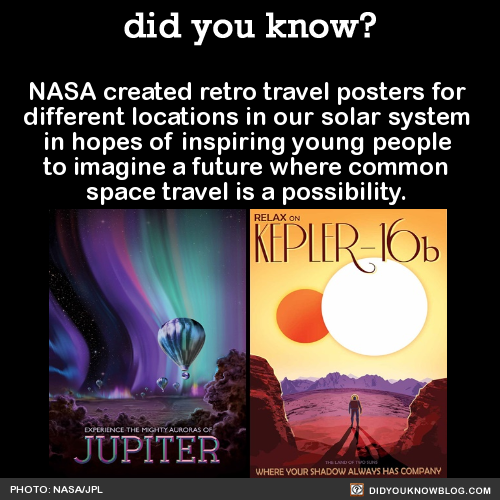
NASA created retro travel posters for different locations in our solar system in hopes of inspiring young people to imagine a future where common space travel is a possibility.

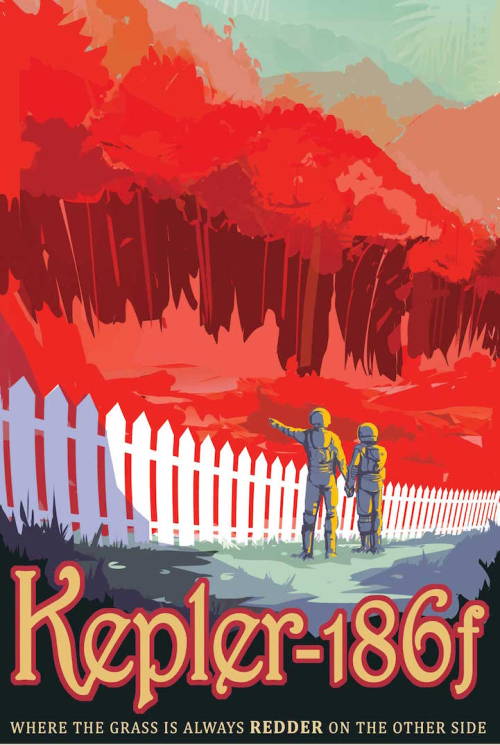


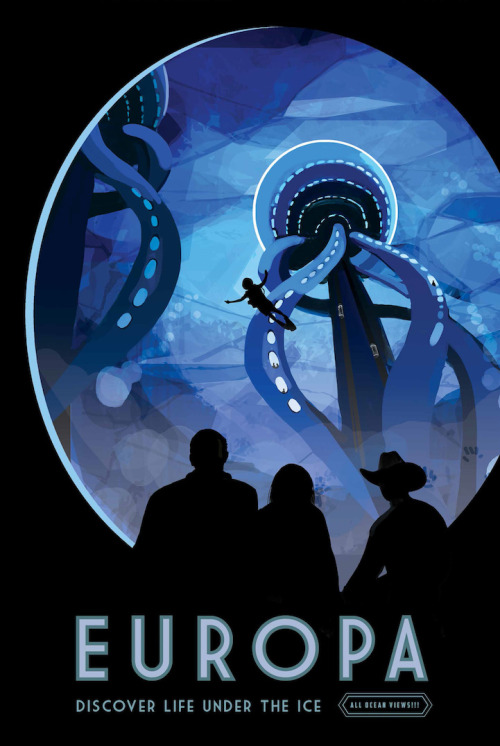
Source
Phase of the moon affects amount of rainfall
Seattle WA (SPX) Jan 31, 2016 When the moon is high in the sky, it creates bulges in the planet’s atmosphere that creates imperceptible changes in the amount of rain that falls below. New University of Washington research to be published in Geophysical Research Letters shows that the lunar forces affect the amount of rain - though very slightly. “As far as I know, this is the first study to convincingly connect t Full article
This is probably the most majestic playlist I've ever heard.


LEAVING EARTH. “When once you have tasted flight, you will forever walk the earth with your eyes turned skyward, for there you have been, and there you will always long to return.” For courageous travellers. Go forth and explore. [listen]
Wow, this is really cool thank you!
ATTN. @ NERDS
Since I am also a nerd and follow NASA on Facebook, I found this. Thought someone might be interested.
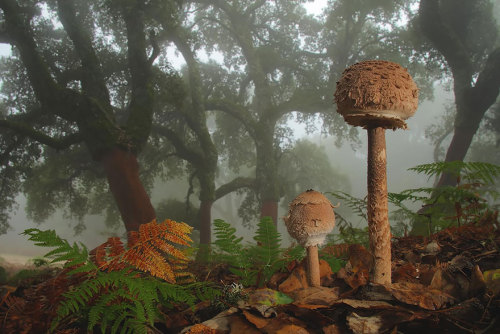
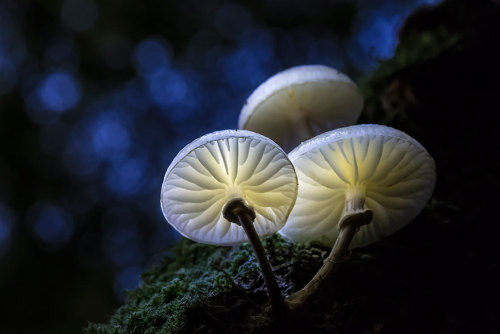
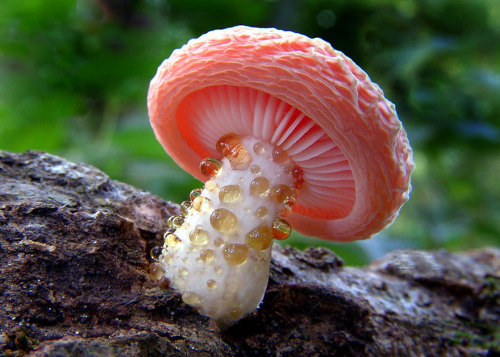
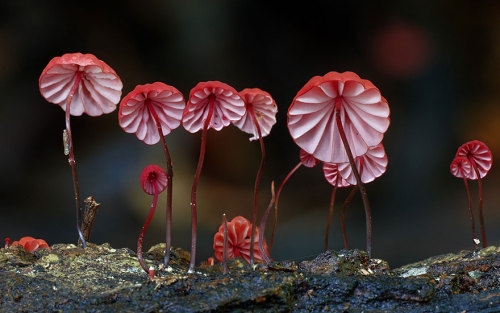
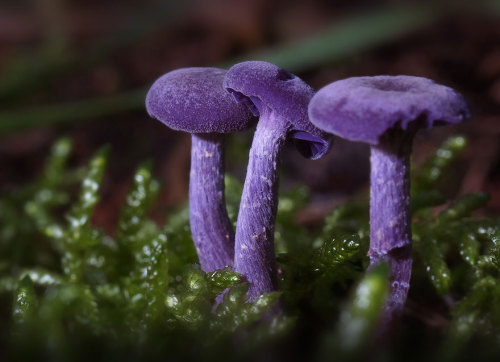
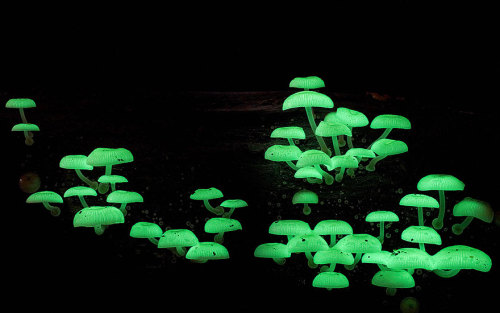
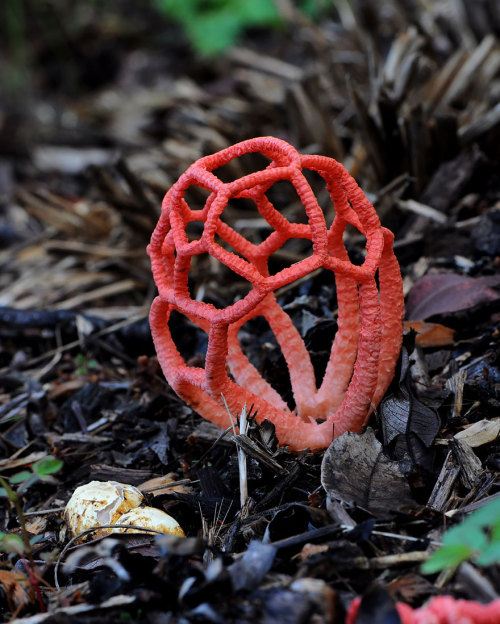
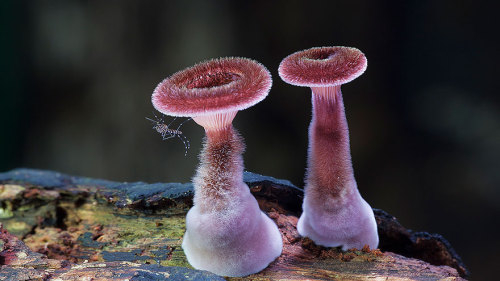
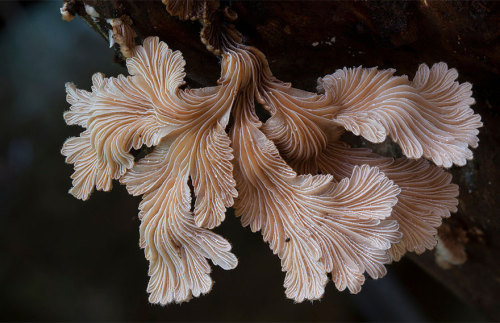
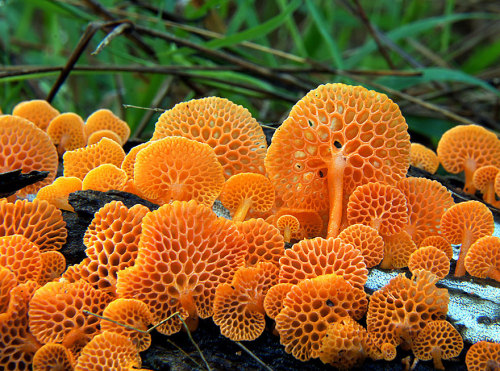
The Mystical World Of Mushrooms Captured In Photos
Most people consider mushrooms to be the small, ugly cousins of the plant kingdom, but theirs is surprisingly beautiful and wonderful world waiting to be explored. These beautiful mushrooms, captured by enthusiastic nature photographers, are a far cry from the ones you find in the woods or your local grocery store.
Most mushrooms, as we know them, are actually just the reproductive structure of the fungus they belong to – their fungal networks expand far further underground, and some fungi don’t even sprout the sort of mushrooms that we’re used to seeing. In fact, depending on your definition of “organism,” the largest living organism in the world is a fungus – there’s a honey mushroom colony in Oregon that occupies about 2,000 acres of land! ( Bored Panda )











astronomy is the one class i don’t mind studying for
I'm so glad to see this trend and I look forward to seeing it continue!
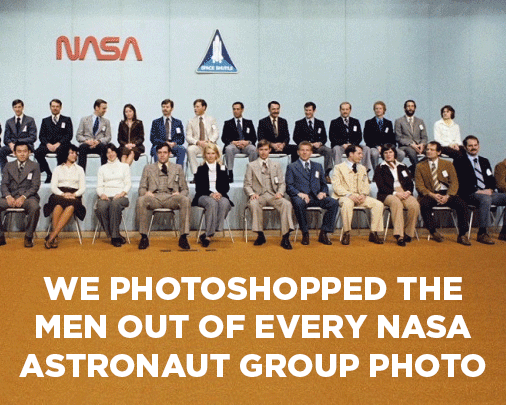
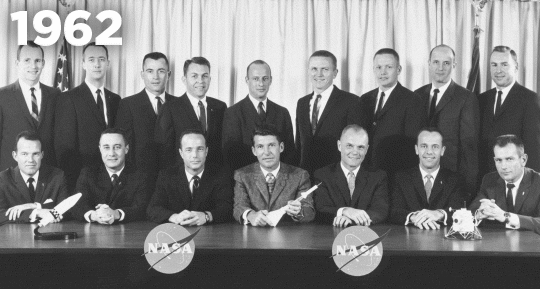
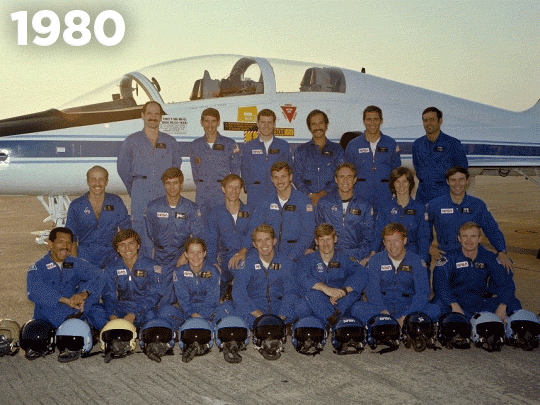
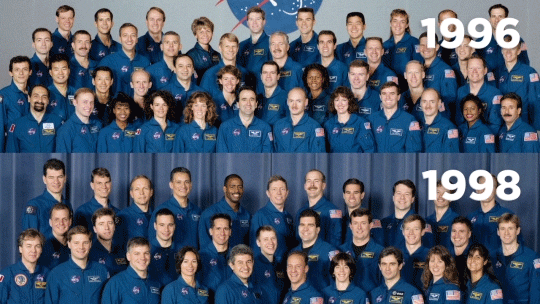
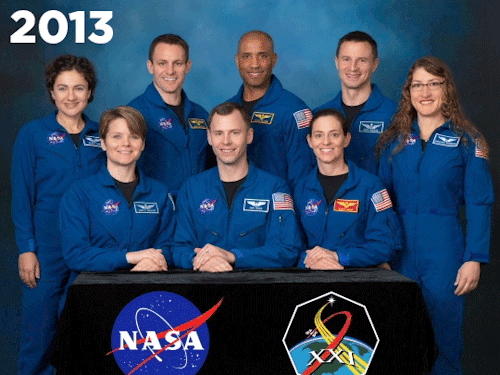
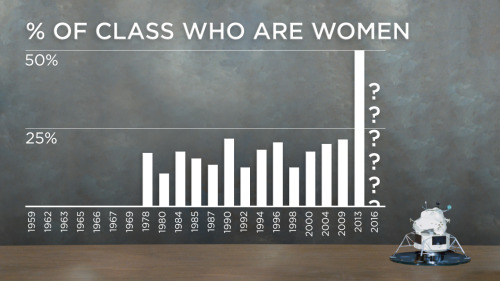
Check out our new video to see every NASA astronaut class. Some patterns emerge.







Pluto (bottom image) with various other non-planets.
Since everyone has their knickers in a knot over Pluto not being a planet, here are various different celestial objects who are also not classified as planets. You’ll notice, just because it’s not called a “planet” doesn’t mean it isn’t cool.
Let us be reminded, there is no heirarchy of celestial bodies. It wasn’t necessarily “demoted” from planethood, it was simply reclassified as something else. There’s literally no reason to be emotionally attatched to the idea of Pluto’s planetary classifaction.
But what “classifies” a planet anyway?
According to the International Astronomical Union, there are 3 basic requirements that it must meet: 1) It orbits the sun 2) Sufficient mass to assume a “hydrostatic equilibrium” (meaning it’s mostly shaped like a globe) 3) Has “cleared its neighborhood” in its orbit.
The third one is where Pluto fails. What they mean by “clearing the neighborhood” is that the orbital path is good and clear. Every planet will still collide with something now and then but their orbital paths are not occupied by anything that is similar to the size of the planet itself. They’re not really in danger of running into much of anything except maybe an asteroid or a comet that might enter their path and collide.
In addition, here is an image showcasing the dwarf planets of the solar system. Pluto isn’t alone in it’s classification.

So don’t be sad over Pluto not being a planet, you’re just being melodramatic. Wipe your tears away with some scientific literacy. ;)
-
 astral-22 liked this · 6 years ago
astral-22 liked this · 6 years ago -
 hazel-eyed-shedevil-blog liked this · 7 years ago
hazel-eyed-shedevil-blog liked this · 7 years ago -
 thendlessforest-blog liked this · 8 years ago
thendlessforest-blog liked this · 8 years ago -
 cosmicmazapan reblogged this · 8 years ago
cosmicmazapan reblogged this · 8 years ago -
 1os-ratos-en-odiarnos-era-idea1 reblogged this · 8 years ago
1os-ratos-en-odiarnos-era-idea1 reblogged this · 8 years ago -
 duinnxx liked this · 8 years ago
duinnxx liked this · 8 years ago -
 secret7shhh reblogged this · 8 years ago
secret7shhh reblogged this · 8 years ago -
 kittymeow321 liked this · 8 years ago
kittymeow321 liked this · 8 years ago -
 spirographeme reblogged this · 8 years ago
spirographeme reblogged this · 8 years ago -
 sasukenowaifu liked this · 9 years ago
sasukenowaifu liked this · 9 years ago -
 memeo-montague liked this · 9 years ago
memeo-montague liked this · 9 years ago -
 angrysublimewerewolf liked this · 9 years ago
angrysublimewerewolf liked this · 9 years ago -
 un-tempered-schism reblogged this · 9 years ago
un-tempered-schism reblogged this · 9 years ago -
 who-s-me liked this · 9 years ago
who-s-me liked this · 9 years ago -
 littleforestbat liked this · 9 years ago
littleforestbat liked this · 9 years ago -
 rnarguerite liked this · 9 years ago
rnarguerite liked this · 9 years ago -
 shlee-e reblogged this · 9 years ago
shlee-e reblogged this · 9 years ago -
 willowweed reblogged this · 9 years ago
willowweed reblogged this · 9 years ago -
 kyo-ken-chan-blog reblogged this · 9 years ago
kyo-ken-chan-blog reblogged this · 9 years ago -
 immortalloserr liked this · 9 years ago
immortalloserr liked this · 9 years ago -
 alitheastronomer reblogged this · 9 years ago
alitheastronomer reblogged this · 9 years ago -
 kyo-ken-chan-blog reblogged this · 9 years ago
kyo-ken-chan-blog reblogged this · 9 years ago -
 tonpajuice reblogged this · 9 years ago
tonpajuice reblogged this · 9 years ago -
 gizabelsllamaz-blog liked this · 9 years ago
gizabelsllamaz-blog liked this · 9 years ago -
 mannajsjs liked this · 9 years ago
mannajsjs liked this · 9 years ago -
 secretagentrei reblogged this · 9 years ago
secretagentrei reblogged this · 9 years ago -
 crosbys reblogged this · 9 years ago
crosbys reblogged this · 9 years ago -
 evilcookie5 reblogged this · 9 years ago
evilcookie5 reblogged this · 9 years ago -
 evilcookie5 liked this · 9 years ago
evilcookie5 liked this · 9 years ago -
 yeci reblogged this · 9 years ago
yeci reblogged this · 9 years ago -
 totheeseas reblogged this · 9 years ago
totheeseas reblogged this · 9 years ago -
 totheeseas liked this · 9 years ago
totheeseas liked this · 9 years ago -
 arlert0 liked this · 9 years ago
arlert0 liked this · 9 years ago -
 moonthoughts reblogged this · 9 years ago
moonthoughts reblogged this · 9 years ago -
 kitkatkey liked this · 9 years ago
kitkatkey liked this · 9 years ago -
 ew-rainbows liked this · 9 years ago
ew-rainbows liked this · 9 years ago -
 she-stole-my-soul reblogged this · 9 years ago
she-stole-my-soul reblogged this · 9 years ago -
 j3rika liked this · 9 years ago
j3rika liked this · 9 years ago -
 effervescxnt-hxdonist liked this · 9 years ago
effervescxnt-hxdonist liked this · 9 years ago